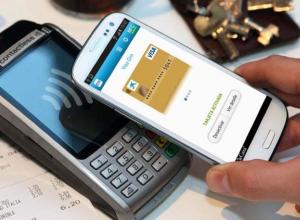NFC SIM Volumes Projected to Show Moderate Growth in 2014, Though Impact of HCE Remains Unknown

NFC Times Exclusive: Mobile network operators will take delivery of at least two-thirds more NFC SIMs this year than in 2013, predicts operator trade association, the GSMA, though the impact of host-card emulation remains to be seen.
2014 will mark the first full year of NFC service in such regions or countries as North America, China and some Western European countries. The growth rate for NFC SIMs was much higher in 2013, but that is compared with 2012, in which NFC SIM shipments had not gotten rolling outside of South Korea and Japan.
The mobile operator association said last month that despite the interest building in the industry for host-card emulation, it believes many service providers will stick with secure elements on NFC SIM cards for payments. In addition, the popular transit fare collection technology Mifare can't be used now with HCE.
Words:
1,100
Graphics:
Chart: NFC SIM shipments, 2012-2014
Among Topics Covered:
- Forecast figure for SIM shipments, 2014
- Expectation by GSMA and member telcos that many banks that have been working with mobile operators and NFC SIMs will continue to do so
- Hotspot markets and largest operators expected to take delivery of NFC SIM shipments in 2014
- Approach of one large bank, CaixaBank of Spain, to the SIM versus HCE debate
- Comment from vendor on threat from HCE to NFC SIM business
Sources Quoted:
Pierre Combelles, business lead, mobile commerce, GSMA
Jordi Guaus, head of mobile payments, CaixaBank
Cédric Collomb, managing director, telecom, Oberthur Technologies
Among companies and organizations mentioned:
GSMA
Isis
Verizon Wireless
AT&T
China Mobile
China Telecom
Vodafone
Orange
Telefónica
CaixaBank
SIMalliance
Oberthur Technologies
Giesecke & Devrient
Safran Morpho
This is premium content from NFC Times.












